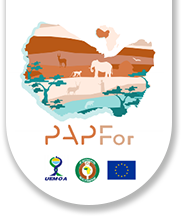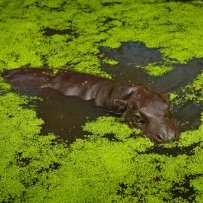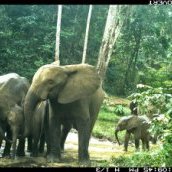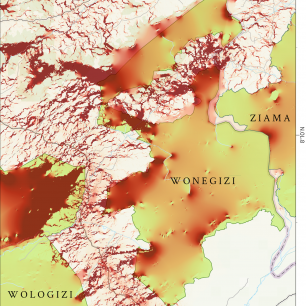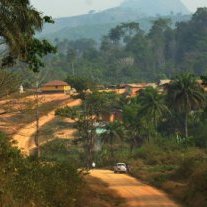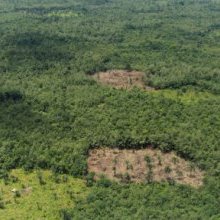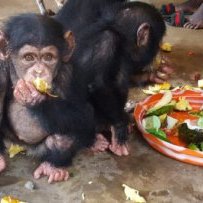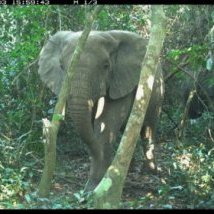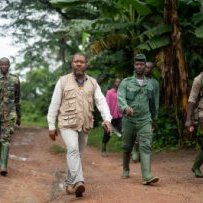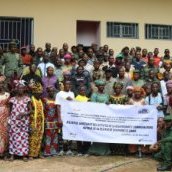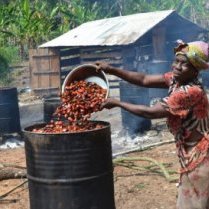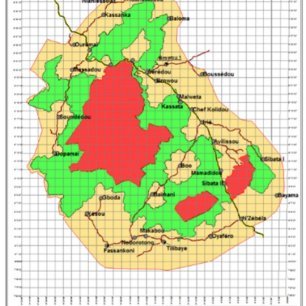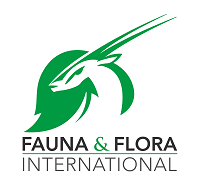Home / Landscapes / Wologizi - Wonegizi - Ziama
Wologizi - Wonegizi - Ziama
Cutting across Guinea and Liberia, the Wologizi-Wonegizi-Ziama (WWZ) transboundary landscape, a widely recognised global biodiversity hotspot, is part of a series of connected forest blocks extending from Ziama in Guinea through Wonegizi, Wologizi Mountain ranges to Foya and the Gola forest straddling the border of Liberia and Sierra
Leone. Due to its unique connectivity as a migratory route, WWZ represents one of the last viable, intact habitats for African forest elephants (Loxodonta cyclotis) and the western chimpanzee (Pan troglodytes verus), both Critically Endangered, the Endangered Pygmy hippopotamus (Choeropsis liberiensis) and other flagship species.
In addition to the rich biodiversity, the plants and soil biomass hold large stocks of carbon, thereby playing a very important role in climate regulation.
The Support Programme for the Preservation of Forest ecosystems in West Africa (PAPFor) facilitates cross-border collaboration and local communities to develop sustainable livelihoods compatible with maintaining forest cover.
With altitudes ranging from 300m to 1440m, this landscape offers a mosaic of highly varied habitats and is an important conservation area. The forest elephant is found here, pygmy hippopotamus and chimpanzees, but also many other animals and plants.
On the Liberian side, Wologizi and Wonegizi are potential protected areas, while Ziama is protected as a Gazetted Forest.
Protected areas or Other effective area-based conservation measures (OECM) :
| Ziama Biosphere Reserve | GUI | 119,019 ha |
| Wonegizi Proposed Protected Area (PPA) or OECM | LIB | 27,594 ha |
| Wologizi Proposed Protected Area (PPA) or OECM | LIB | 99,538 ha |
PAPFor Actions:
Starting of the project: March 2022
End of project dat : April 2024
Implementation
| The PAPFor programme in the WWZ landscape is implemented by Fauna & Flora International (FFI) with teams based in the UK (Cambridge), Liberia (Monrovia, Zorzor-Lofa County) and Guinea (Seredou), and by GRET with teams based in Guinea (Seredou, Nzerekore) and France. Agreements with the agencies in charge of Protected Areas in both countries have been established to ensure optimal ownership of the project. |
